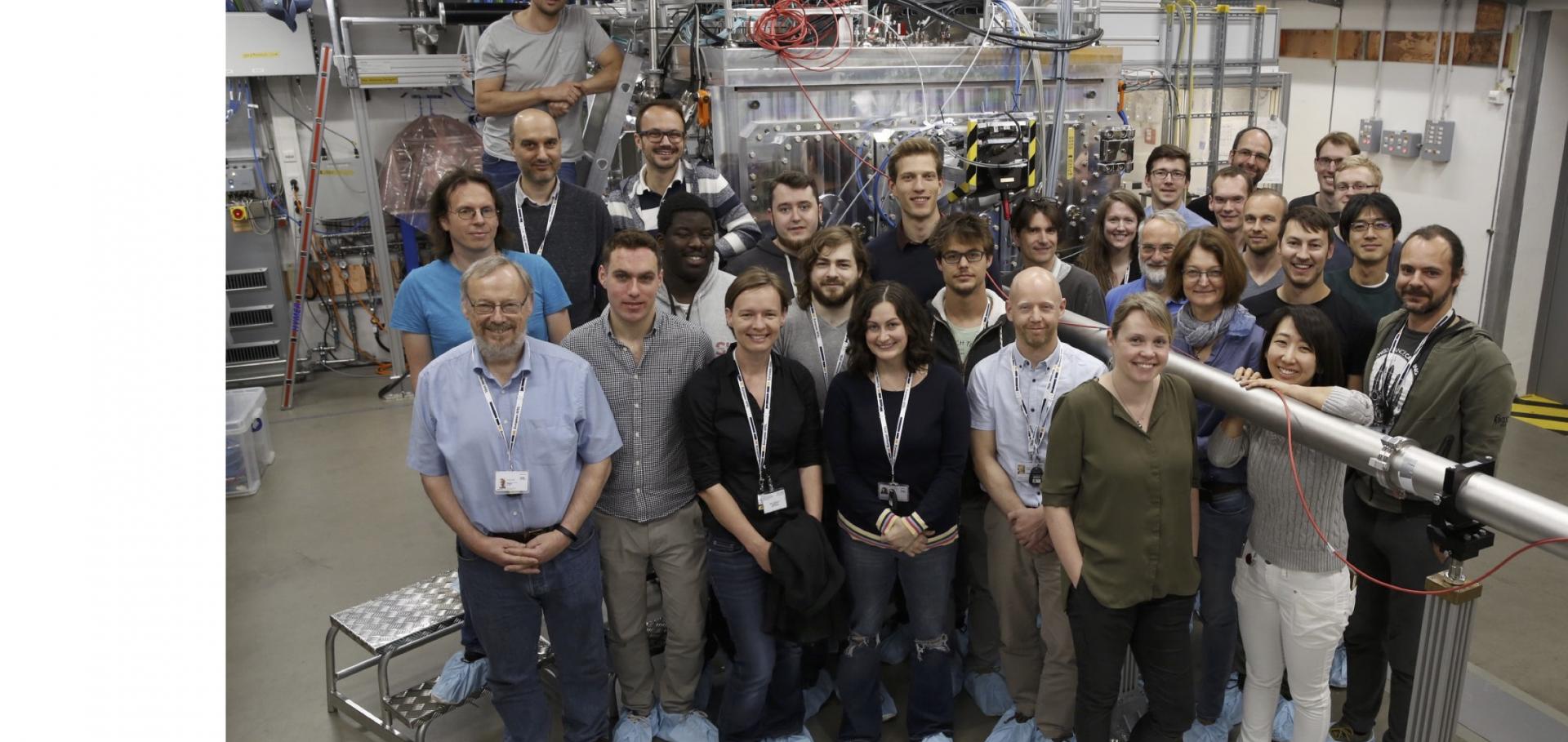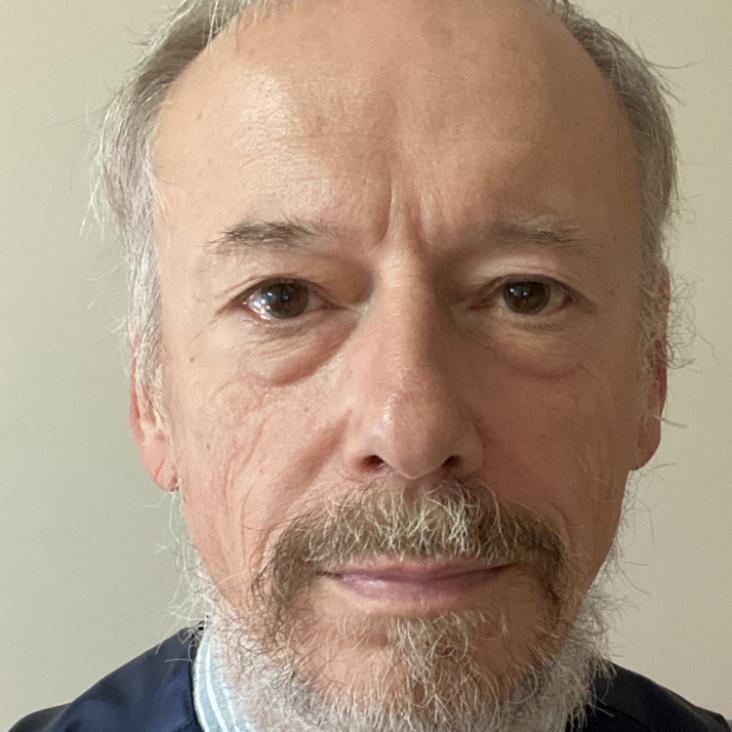Nanosecond x-ray Laue diffraction apparatus suitable for laser shock compression experiments
Review of Scientific Instruments AIP Publishing 81:8 (2010) 083902
XUV emission from autoionizing hole states induced by intense XUV-FEL at intensities up to 1017 W/cm2
Journal of Physics Conference Series IOP Publishing 244:4 (2010) 042028
X-ray laser peels and cores atoms
Nature Springer Nature 466:7302 (2010) 35-36
Electronic structure of an XUV photogenerated solid-density aluminum plasma.
Phys Rev Lett 104:22 (2010) 225001
Abstract:
By use of high intensity XUV radiation from the FLASH free-electron laser at DESY, we have created highly excited exotic states of matter in solid-density aluminum samples. The XUV intensity is sufficiently high to excite an inner-shell electron from a large fraction of the atoms in the focal region. We show that soft-x-ray emission spectroscopy measurements reveal the electronic temperature and density of this highly excited system immediately after the excitation pulse, with detailed calculations of the electronic structure, based on finite-temperature density functional theory, in good agreement with the experimental results.The strength of single crystal copper under uniaxial shock compression at 100 GPa.
J Phys Condens Matter 22:6 (2010) 065404


